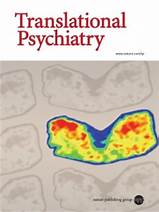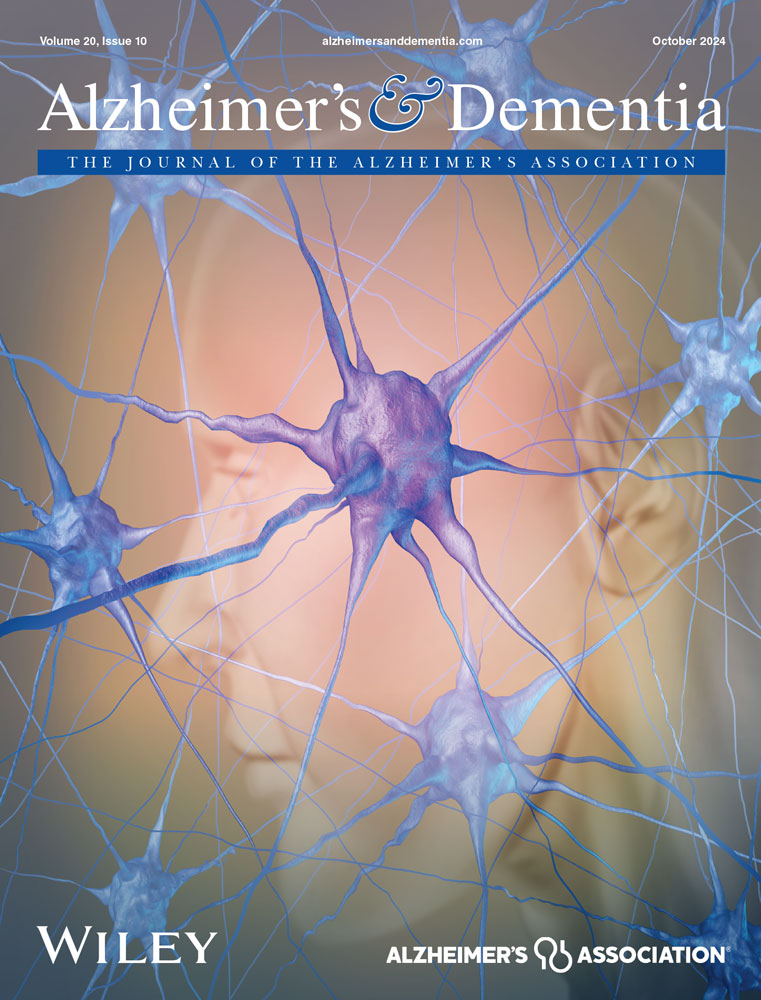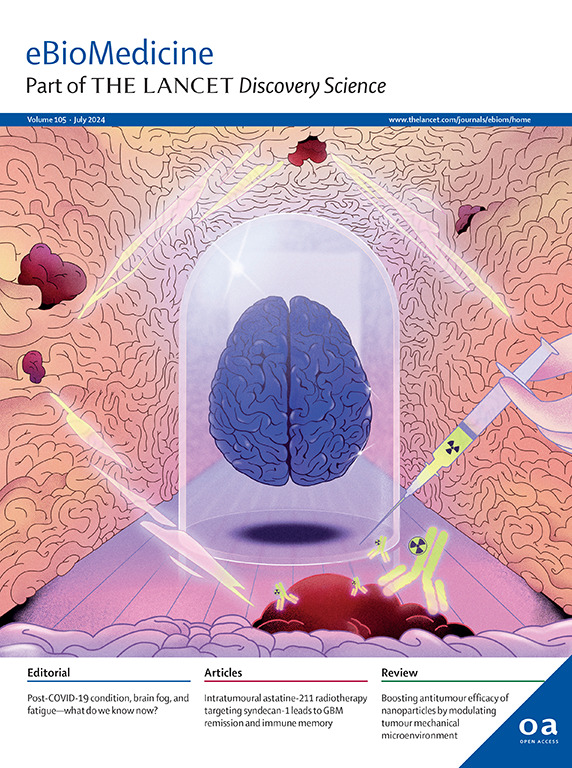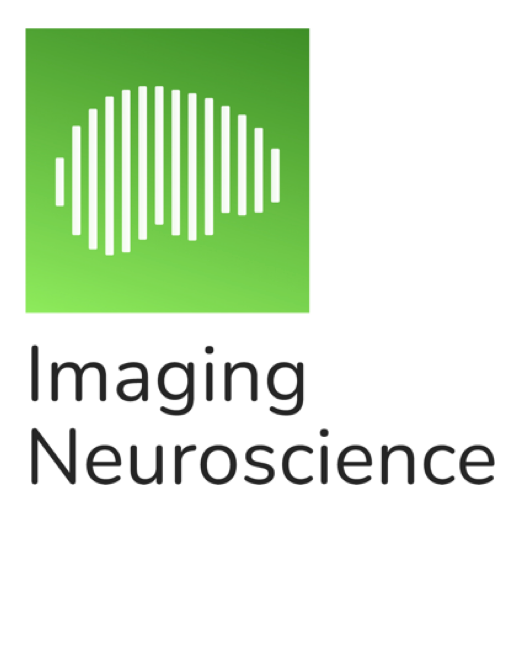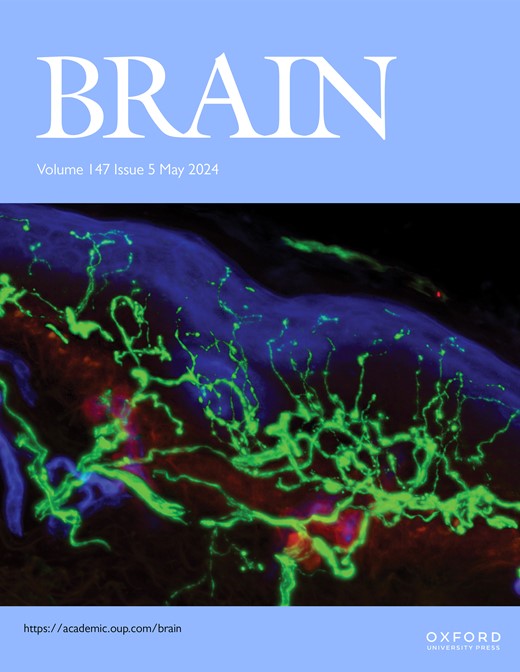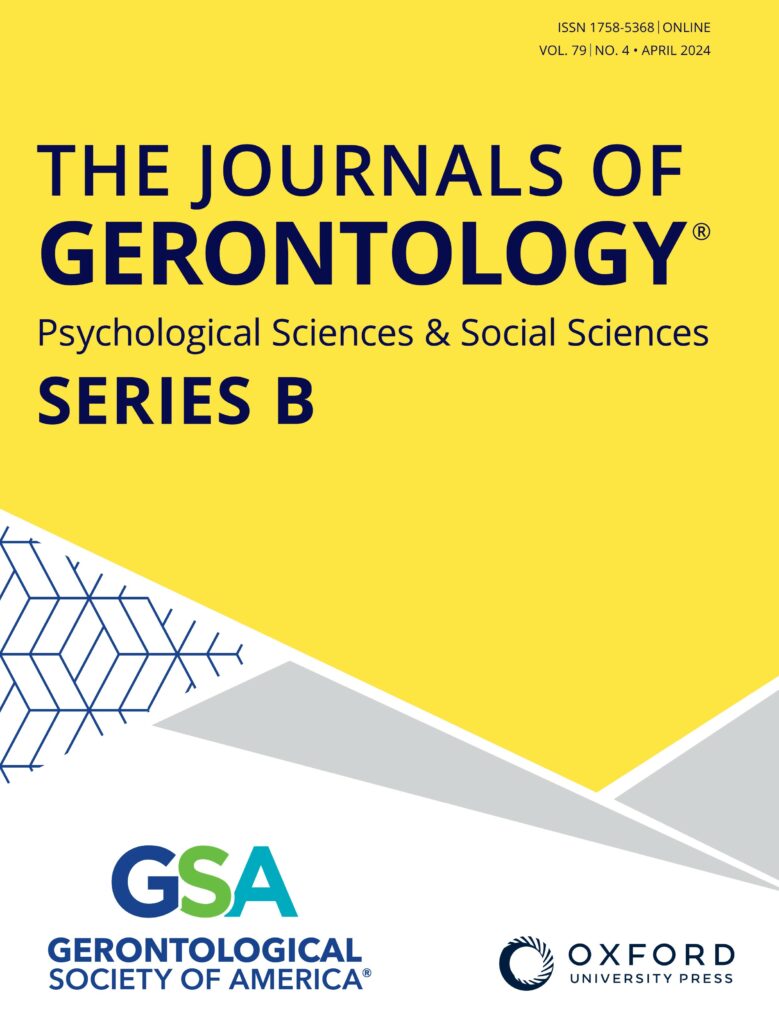Genetic and clinical correlates of two neuroanatomical AI dimensions in the Alzheimer’s disease continuum. (Wen et al., 2024)
Citation : Wen, J., Yang, Z., Nasrallah, I. M., Cui, Y., Erus, G., Srinivasan, D., Abdulkadir, A., Mamourian, E., Hwang, G., Singh, A., Bergman, M., Bao, J., Varol, E., Zhou, Z., Boquet-Pujadas, A., Chen, J., Toga, A. W., Saykin, A. J., Hohman, T. J., Thompson, P. M., … Davatzikos, C. (2024). Genetic and clinical correlates […]

